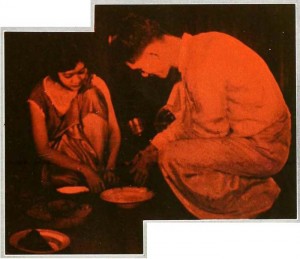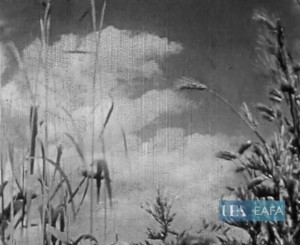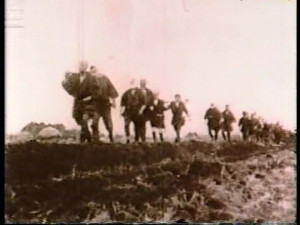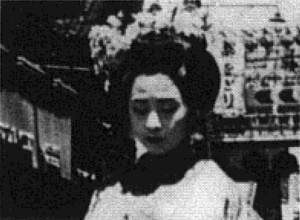"Another of Mr. Horovitz's fine travel films of the Orient. This time the city of some 400 Buddhist temples, Bangkok, where the Emerald Buddha may be seen. the city is old but some of its new areas are modern. We visit several areas of the city including its waterfront where a large part of the population continues to live with its busy traffic of small boats and river merchants" PSA Journal, Nov. 1959, 48.

"In September 1985, Robbins Barstow and his wife Meg, of Wethersfield, Connecticut, USA, went on a four-week tour of China. This personalized travelogue includes visits to Shanghai, Beijing, the Great Wall, Xian, Guilin, and a cruise down the Yangtze River." Archive.org

"The feature length photoplay produced in Siam by Nai Bernard Juangbhanich is one of the best of the serious dramatic efforts produced by amateurs. The story deals with the profligacy of a young Siamese who has been educated in Europe. Feeling superior to an ordinary business career, the young man determines to write, with the consequent search for "experience and atmosphere." In the succession of romantic episodes that follow, the theme of the tale is developed with extraordinary skill and, in spite of the manifest satire in several of the sequences, the picture includes many sincere glimpses into the social life and customs of the upper classes of Siam. Completely blinded and embittered as the result of his folly, the protagonist finally comes to terms with himself and actually does succeed as an author. Although this plot follows a familiar outline, Mr. Juangbhanich again proves that it is not the essential plot but the treatment that counts. The picture includes flaws both in photography and continuity but they appear unimportant in view of the general photographic quality and the epic nature of the treatment. It was recently screened for the staff of the Academy of Motion Picture Arts and Sciences." Movie Makers, Dec. 1930, 759, 787.

"Eastman Kodak Company prize for the finest example of photography in any out-of-door picture whether it wins a cash prize or not was awarded to Tatsuichi Okamoto, Maysuyama, Japan, for 'Early Summer,' 1 reel. This is a different subject than the one which won him second prize." American Cinematographer, Jan. 1933, 25.

"The main agenda of the prewar farmer's movement was struggle against landowners. Prokino also considered this as their prime concern. The main title sequence and the latter part of the film have unfortunately been lost. While we cannot see its entire structure, we can still get a glimpse of it from this surviving short."
"William Hahn's 'Emerald Stairway - Sulu Seas' is a 16mm Kodachrome documentary of life and scenes in the Philippines, and notable for its consistent color quality and expert photographic treatment." American Cinematographer, May 1952, 224.
"Vincente Mills, of Manila, Philippines, for his entry in the American Cinematographer 1933 competition will make a religious picture built around the practice in his country which takes place during Holy Thursday and Good Friday each year. As this practice is fast disappearing, according to Mills, it will also act as a fine historic record." American Cinematographer, Sept. 1933, 191.
A six-minute film that documents the annual procession of the Gion Festival in Kyoto on July 17, 1941. The film opens with several consecutive intertitles explaining a brief history of the festival. As he cut from one intertitle to the next, Hattori used the splicer to create the effect of a diagonal wipe, which made it appear as if the viewers were turning a page of a book.

"This time Oscar visited Kyoto during cherry blossom time when all of the art activities are centered about the showy blossoms. Our filmer does take the time to do those not easy to get closeups of the children and grownups as they go about their daily chores. We visit the theatre to see the cherry blossom dance, a fitting symbol of Golden Week in Kyoto" PSA Journal, Nov. 1960, 42.
Total Pages: 6